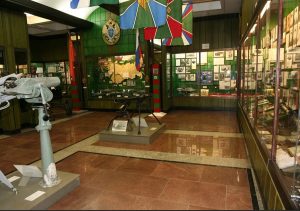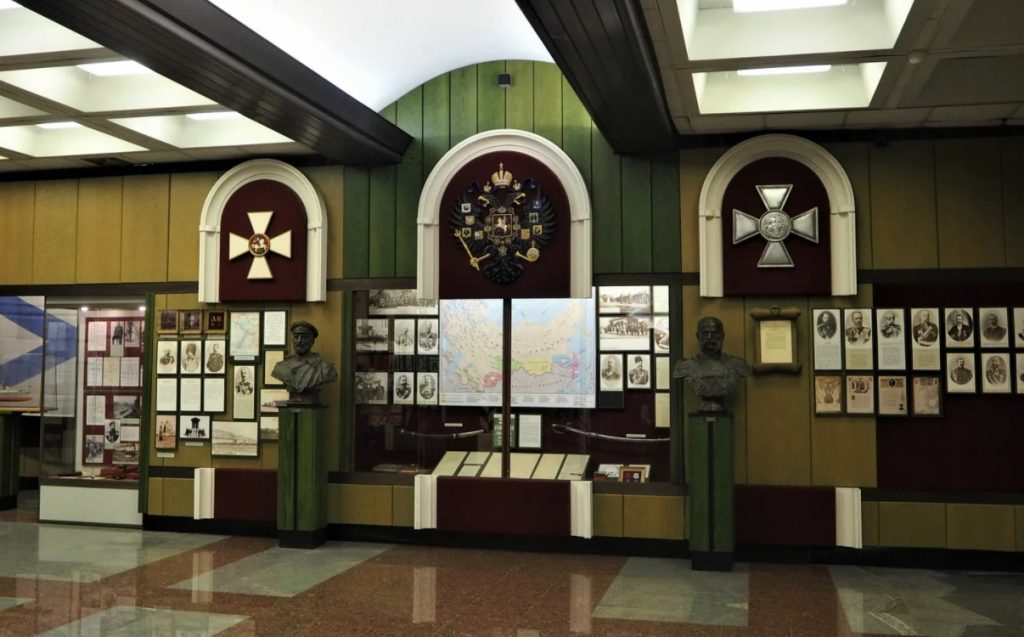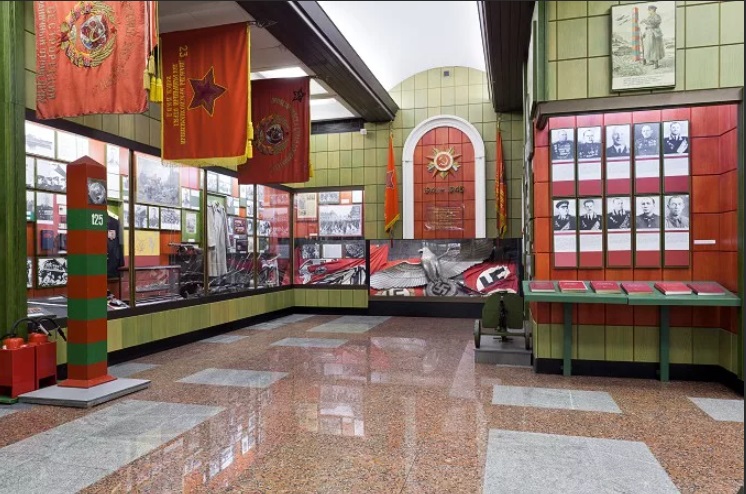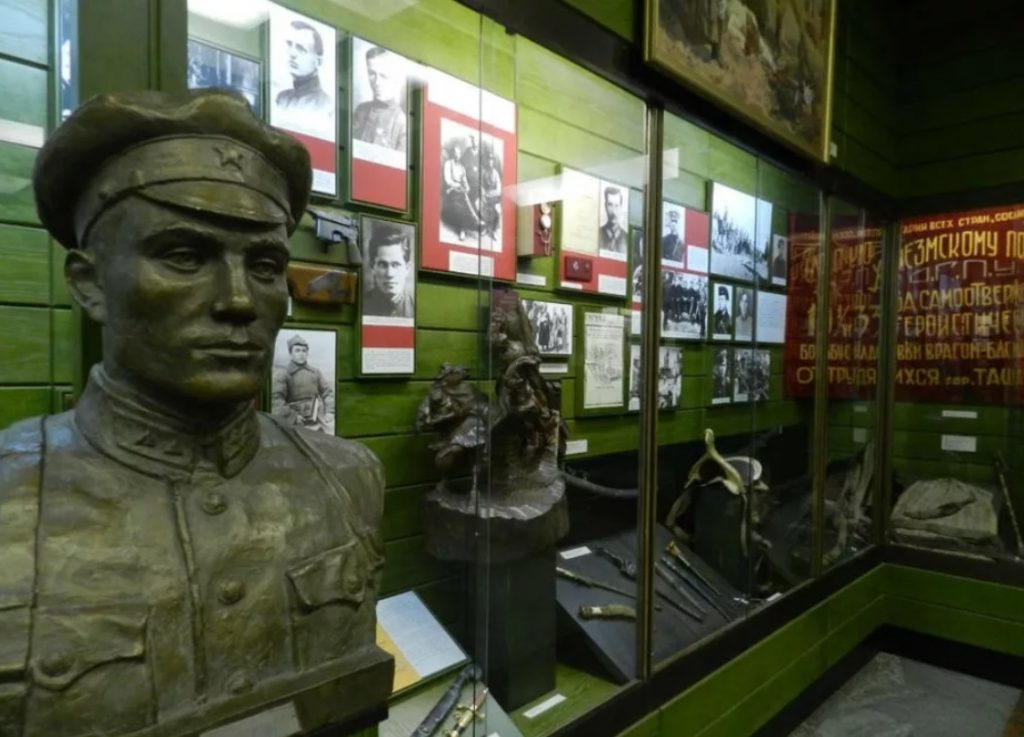Central Frontier Museum
of the FSB

The museum building was built in 1908 by architect N.P. Evlanov. The museum was founded on February 21, 1914 at the headquarters of a Separate corps of Border Guards in St. Petersburg. Since December 20, 1932, the museum was recreated in Moscow, the official opening of the museum was timed to coincide with the 15th anniversary of the Cheka-OGPU, the grand opening in the building of the Higher Border School in Moscow in Bezbozhny Lane, 25. The museum had two rooms with a total area of about 150 square meters. The main exposition reflected the formation of the Soviet border guard, the service and combat activities of the troops during the Civil War and peaceful socialist construction. The museum widely and clearly presented materials on the fight against the agents of the Soviets hostile to the country, with rabid smuggling: a poor country is an excellent field for the carriers of goods. Stands were created in which it was reported about the birth of the frontier fleet and aviation. Subsequently, the exposition was replenished with materials about the exploits performed by the border soldiers in military conflicts at Lake Hassan, on the Khalkhin-Gol River, in the war with Finland, etc. In the 1930s, a fund of pictorial historical and documentary canvases was created. Artists Sokolov-Skala, Nissky, Bubnov, Drozdov, Solovyov and other famous painters paint canvases dedicated to the exploits of heroes-border guards. Many of these priceless paintings by prominent masters of the brush are still kept in the storerooms of the museum, and some of them adorn the exhibition halls of the Central Border Museum of the FSB of Russia. Many of the documents collected by the predecessors are still actively used in practical work by scientists, experienced and novice historians, museum researchers, academy students and teachers of border institutes. On the eve of the Great Patriotic War, the museum staff continued propaganda and collective work. In the pre-war period from 1932 to 1941, the museum was visited by more than 50 thousand people. In the first days of the Great Patriotic War, the work of the museum was suspended. All the most valuable museum items were evacuated to Tashkent. In the post-war years, the situation on the border continued to become more complicated. Western countries (our recent allies) have intensified the activities of their intelligence agencies on the borders of the USSR. Since 1995, the Central Border Museum of the FSB of Russia has been located at 13 Yauzsky Boulevard, in a building built in 1908 by architect N.P. Evlanov. Its reconstruction in its modern form was carried out according to the project of architect V.A. Mazurin. The author of the exhibition project is the artist I.F. Maltsev. The Central Border Museum of the FSB of Russia, a socio-cultural, scientific and research institution, has become one of the most important centers for studying the history of the protection of the borders of the Fatherland. Its funds contain documents and materials that historians, journalists, writers, and veterans of the border guard service use in their research. Achievements of science and technology actively influence the development of museum business. And this is natural: in a few years, it will be difficult to imagine a museum exposition without touch-based information and reference kiosks, remote–controlled digital projectors, plasma panels, funds – without automated information processing and retrieval systems. This makes it necessary to form a scientific concept of the museum’s development for the long term.
Address: Moscow, Yauzsky Boulevard, 13


